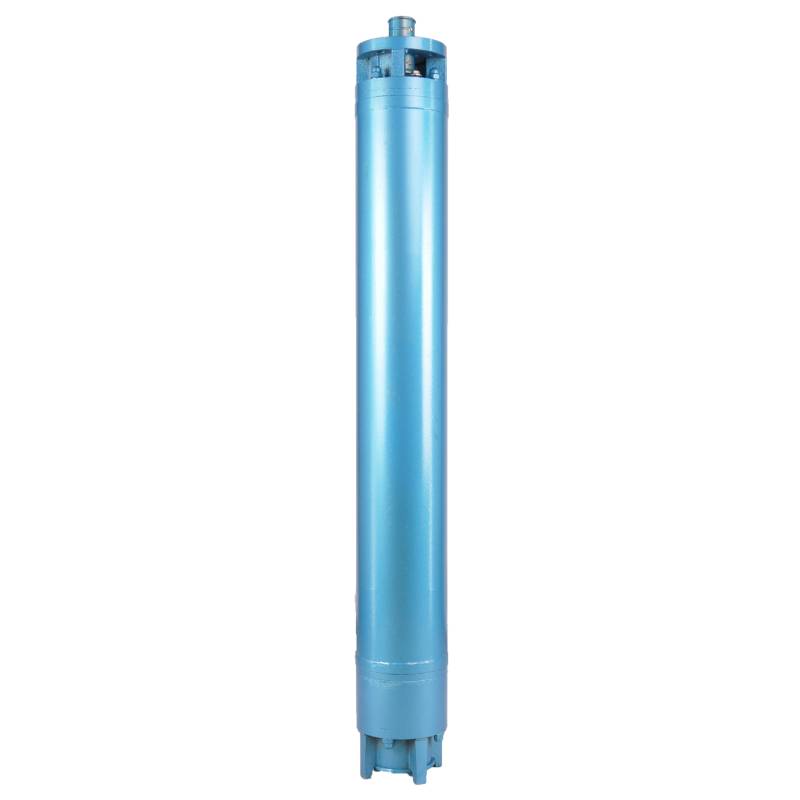Oct . 15, 2024 07:01 Back to list
replace submersible well pump
Replacing Submersible Well Pumps A Comprehensive Guide
Submersible well pumps play a crucial role in providing water for various uses, from residential to agricultural applications. Over time, these pumps may fail due to wear and tear, clogging, or motor issues, prompting the need for replacement. Understanding when and how to replace a submersible well pump can save both time and money while ensuring a reliable water supply.
Signs Your Submersible Well Pump Needs Replacement
One of the first indicators that your pump may need replacement is a noticeable decline in water pressure. If you observe inconsistent water flow or strange noises coming from the pump, these can signify mechanical issues. Additionally, frequent cycling of the pump (on and off) could suggest that it’s struggling to maintain the desired water level, which may lead to eventual failure.
Another important sign is the age of the pump. Most submersible well pumps have a lifespan of 8 to 15 years, depending on usage and maintenance practices. If your pump is approaching the end of this range and shows any signs of malfunction, it may be time to consider a replacement.
The Replacement Process
replace submersible well pump

When it comes to replacing a submersible well pump, it’s essential to choose the right model to fit your needs. Factors to consider include the pump's flow rate, horsepower, and the depth of the well. Consulting with a professional can help ensure you select a pump that meets your requirements.
The replacement process usually involves several steps
1. Shut Off Power Ensure safety by turning off the power to the pump before starting any work. 2. Remove the Old Pump This may require pulling the pump from the well, which can be challenging. It's advisable to have a helper or use specialized equipment. 3. Inspect and Clean the Well Before installing the new pump, make sure to clean the well casing and inspect for any debris or sediment that could affect performance. 4. Install the New Pump Follow the manufacturer’s instructions carefully for installation. This includes properly connecting the electrical components and ensuring all fittings are secure. 5. Test the System Once installed, restore power and test the new pump for efficiency and potential leaks.
Preventive Measures
To extend the life of your new submersible well pump, regular maintenance is key. This includes periodic inspections, routine cleaning, and ensuring that the electrical components are functioning properly.
In conclusion, replacing a submersible well pump can seem daunting, but with the right knowledge and preparation, it can be a straightforward process. By recognizing the signs of pump failure and following proper replacement procedures, you can ensure a reliable water supply for many years to come.
-
Submersible Water Pump: The Efficient 'Power Pioneer' of the Underwater World
NewsJul.01,2025
-
Submersible Pond Pump: The Hidden Guardian of Water Landscape Ecology
NewsJul.01,2025
-
Stainless Well Pump: A Reliable and Durable Pumping Main Force
NewsJul.01,2025
-
Stainless Steel Submersible Pump: An Efficient and Versatile Tool for Underwater Operations
NewsJul.01,2025
-
Deep Well Submersible Pump: An Efficient 'Sucker' of Groundwater Sources
NewsJul.01,2025
-
Deep Water Well Pump: An Efficient 'Sucker' of Groundwater Sources
NewsJul.01,2025
-
 Submersible Water Pump: The Efficient 'Power Pioneer' of the Underwater WorldIn the field of hydraulic equipment, the Submersible Water Pump has become the core equipment for underwater operations and water resource transportation due to its unique design and excellent performance.Detail
Submersible Water Pump: The Efficient 'Power Pioneer' of the Underwater WorldIn the field of hydraulic equipment, the Submersible Water Pump has become the core equipment for underwater operations and water resource transportation due to its unique design and excellent performance.Detail -
 Submersible Pond Pump: The Hidden Guardian of Water Landscape EcologyIn courtyard landscapes, ecological ponds, and even small-scale water conservancy projects, there is a silent yet indispensable equipment - the Submersible Pond Pump.Detail
Submersible Pond Pump: The Hidden Guardian of Water Landscape EcologyIn courtyard landscapes, ecological ponds, and even small-scale water conservancy projects, there is a silent yet indispensable equipment - the Submersible Pond Pump.Detail -
 Stainless Well Pump: A Reliable and Durable Pumping Main ForceIn the field of water resource transportation, Stainless Well Pump has become the core equipment for various pumping scenarios with its excellent performance and reliable quality.Detail
Stainless Well Pump: A Reliable and Durable Pumping Main ForceIn the field of water resource transportation, Stainless Well Pump has become the core equipment for various pumping scenarios with its excellent performance and reliable quality.Detail
